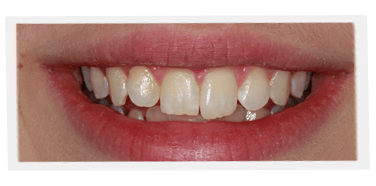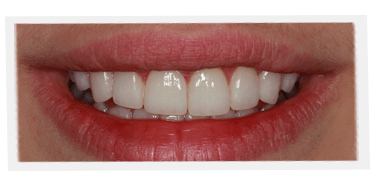
In previous articles, we covered a wide array of tools available to dentists in helping to solve common smile problems. Some of these tools include veneers, crowns, bridges, dental implants, porcelain (for veneers), posts, inlays, Cerec, dental contouring, whitening, root canals, and gum contouring. Now, we cover the last part of this series by talking about dental and partial dentures, and orthodontics. (Taken from my book, A Guide to the Perfect Smile.)
Dental and Partial Dentures
Dentures are removable replacements for missing teeth. They are usually made out of a red acrylic resin, to replace gum, and white “teeth,” to replace missing teeth. Chromium cobalt metal is often incorporated into the base of dentures to add structural support.
Several advantages of dentures for patients with missing teeth include strengthening the face muscles that require the support of teeth; maintaining the vertical dimension; aiding chewing; and enhancing aesthetic appearance.
If costs are a concern, consider that dentures and partial dentures can legally be made by dental therapists as well as dentists.
Orthodontics
Orthodontics is the branch of dentistry dedicated to correcting tooth alignment and bite problems. In orthodontics, the teeth and/or jaw are fitted with wires and brackets, which reposition teeth by applying pressure. Depending on the crookedness of your teeth, you may need to see an orthodontist as part of your treatment program.
It is often thought that all of one’s teeth are necessarily involved in orthodontic treatment. It’s true that people undergoing this treatment usually have braces for their whole mouth, but orthodontics can be employed to move even just one tooth.
Although wires are generally used to apply the needed pressure, there is a major alternative today called Invisalign, a relatively new orthodontic technology. Instead of wire braces, Invisalign uses a series of clear, hard plastic appliances that snap into place over the teeth to gradually reposition them. A computer model predicts the step-by-step motion of the patient’s teeth from their original position to their desired position. Every few weeks, a new mold is generated and sent to the patient, who simply snaps it into place.
The Invisalign method offers the advantage that the appliance may be removed when desired, for eating, socializing, brushing, flossing, and so on, whereas once wires are in place, they cannot be removed until the treatment has been completed.
For major orthodontic problems, traditional wire methods are still more effective.



